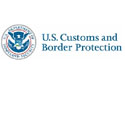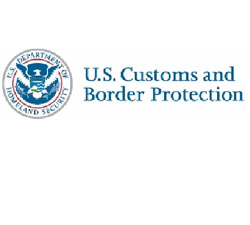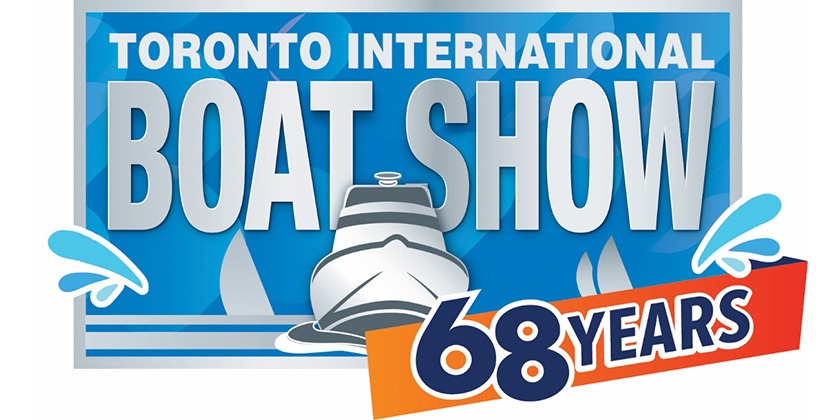CBP Offers Tips for the Summer Travel Season Know Before You Go

 As the summer travel season approaches, U.S. Customs and Border Protection (CBP) is providing summer travelers with travel tips to assist with cross border travel.
As the summer travel season approaches, U.S. Customs and Border Protection (CBP) is providing summer travelers with travel tips to assist with cross border travel.
CBP has implemented many important initiatives designed to facilitate travel while, at the same time, improving U.S. border security.
The Western Hemisphere Travel Initiative (WHTI) requires U.S. and Canadian citizens, age 16 and older to present a valid, acceptable travel document, such as a passport, a U.S. passport card, a Trusted Traveler card (NEXUS, SENTRI or FAST) or an Enhanced Driver’s License that denotes both identity and citizenship when entering the U.S. by land or sea. U.S. and Canadian citizens under age 16 may present a birth certificate or alternative proof of citizenship when entering by land or sea.
A radio frequency identification (RFID)-enabled travel document such as a U.S. Passport Card, Enhanced Driver’s License/Enhanced Identification Card or Trusted Traveler Program card expedites entry and makes crossing the border more efficient. There are currently 10 million RFID-enabled travel documents issued.
WHTI document requirements for air travel have been in effect since January 2007. Almost all travelers flying back to the United States need to present a passport or NEXUS card.
Here are the requirements for Canadian visitors to the U.S. planning to use the Small Vessel Reporting System.
CBP now offers a new small vessel reporting system which allows boat operators and passengers an alternative to the current reporting system. By applying online and visiting a customs office in advance, owners and passengers can now obtain entry clearance by phone. The system is available in Florida, Puerto Rico, the U.S. Virgin Islands as well as along the northern Canada / U.S. border. The program will be expanded during the coming year to cover small vessel entries country-wide. For more information, please visit www.cbp.gov/svrs .
CBP offers the following travel tips for travelers:
• Tip #1 – To avoid fines and penalties associated with importing prohibited items, travelers should familiarize themselves with the “Know
Before You Go” section of the CBP website (http://www.customs.gov/xp/cgov/travel/vacation/kbyg)
• Tip #2 – Be prepared to declare all items acquired abroad. Travelers should prepare for the inspection process before arriving at the inspection booth and have their approved travel documents ready.
• Tip #3 –Monitor border wait times for various ports of entry. Travelers can find wait time information at the CBP website http://www.cbp.gov/xp/cgov/travel/wait_times/. To experience shorter wait times, travelers can use ports of entry during periods of lighter traffic or less heavily traveled ports of entry during periods of heavy travel.
• Tip #4 – Build extra time into the trip in the event of crossing during periods of exceptionally heavy traffic.
• Tip #5 – Know the difference between goods for personal use versus commercial use. For more details, visit http://www.cbp.gov/xp/cgov/travel/clearing/restricted/restricted_goods.xml
• Tip #6 –Do not attempt to bring fruits, meats, dairy/poultry products and/or firewood into the U.S. without first checking whether they are permitted. Visit http://www.cbp.gov/xp/cgov/travel/clearing/agri_prod_inus.xml for more information.
• Tip # 7 – International border crossers should expect a thorough inspection process, even during busy holiday periods, when entering the U.S. CBP officers are authorized to conduct enforcement examinations, ranging from checking luggage to a personal search, without a warrant.
• Tip #8 – If you are a frequent cross-border traveler and haven’t already become a member of a trusted traveler program, sign up now. Visit http://www.cbp.gov/xp/cgov/travel/trusted_traveler/

























